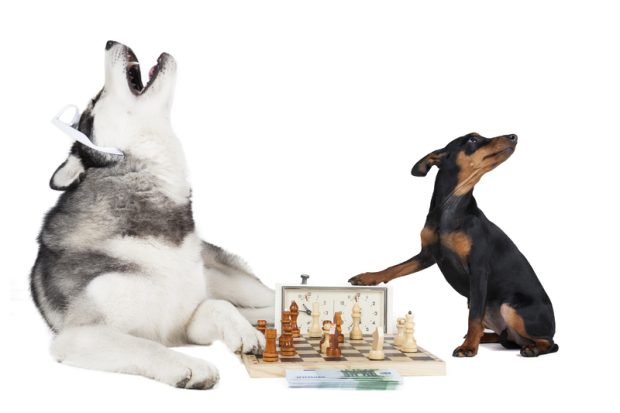
Chess, a game that has been around for almost 1500 years, has been enjoying a resurgence over the last few years. The renewed interest is due, in part, to Covid lockdowns, but the wonderful streaming video series, The Queen’s Gambit, also made chess “cool” again.
Many parents found chess to be an antidote to the hours of time their kids spent playing video games, an activity that improves reaction time, but does little for a mind as compared to chess. A study of 4,000 Venezuelan students found significant increases in their IQ scores after four months of chess instruction, and a German study found that both hemispheres of the brain are activated by playing chess. Chess improves memory, problem solving skills, concentration, and actually stimulates the growth of neuron dendrites, tree-like branches that conduct signals from other neural cells into the neurons to which they are attached. This means quicker learning and more decisive thinking.
Chess first emerged in India in the early 7th century, and by 1600 A.D., it had reached Iceland. If the game has any current relationship to an animal, it would be the horse. The “knight” which resembles a horse, is the only piece on a chess board that can jump over another piece.
There is another chess piece that actually started out as an elephant. In the beginning, the piece we know today as the “bishop” was actually called “elephant” in Sanskrit, but when the game spread throughout the Islamic world, it was replaced by a vizier or counsellor. When chess arrived in medieval Europe, it came to be depicted as an abbot. It likely became the bishop because of its position of authority on a chess board, a reflection of the political power that bishops had in the Church.
It is a gross oversight, in our view, that no chess piece represents or depicts a dog, though it’s a fun mental exercise to assign different breeds to chess pieces based on their characteristics. This isn’t to say that there is no connection between the game and purebred dogs because at least a couple of famous chess masters have had purebreds as their canine companions.
Judit Polgár, whom some say shared many similarities to Beth Harmon, the fictional protagonist of the “Queen’s Gambit,” is widely regarded as the strongest female chess player of all time. When the Hungarian achieved the title of Grandmaster in 1991 at the age of 15 years and 4 months, she was (at the time) the youngest person to have ever done so, and broke the record held by Bobby Fischer. Polgár has said that her battles against sexism the chess world were more challenging than what Harmon faced, and it could be summed up by sharing a statement made by chess legend, Garry Kasparov. He said in a 1989 magazine interview: “There is real chess and women’s chess.” It had to be sweet for Polgár when she defeated Kasparov in 2002 at the age of 24.
And what kind of dog did the brilliant chess player have? A Hungarian Vizsla, of course. When Polgár’s Vizsla became sick, the dog was taken to the veterinarian, and the visit was successful in more than one way: Polgár ended up marrying the vet!
And then there is Grigori Aronian, an Armenian chess grandmaster and the fourth highest rated rapid and blitz champion ever (just the other day, Aronian won the Satty Zhuldyz Rapia, round-robin with 12 world-class players). A chess prodigy, Aronian earned the title of Grandmaster in 2000, at age 17. His current dog is “Ponchik,” a Tibetan Spaniel.
Garry Kasparov, Anatoly Karpov, Bobby Fischer, and Magnus Carlsen, they are among the greatest chessmasters of all time, and while we have found hints about the dogs they are said to have owned, we won’t report on them without validation.
Instead, we conclude with a YouTube video we came across: How To Teach A Dog To Play Chess. The Siberian Husky isn’t actually playing chess, of course, he is being trained to pick up pieces from a chessboard and drop them in a box beside, but it’s a bit of fun, and instructive on how clicker training works:
For more on how this training was done, read this article written by the trainer.
Image:Dogs Playing Chess by © Vivienstock |Dreamstime

Fabulous1 Good Dog!